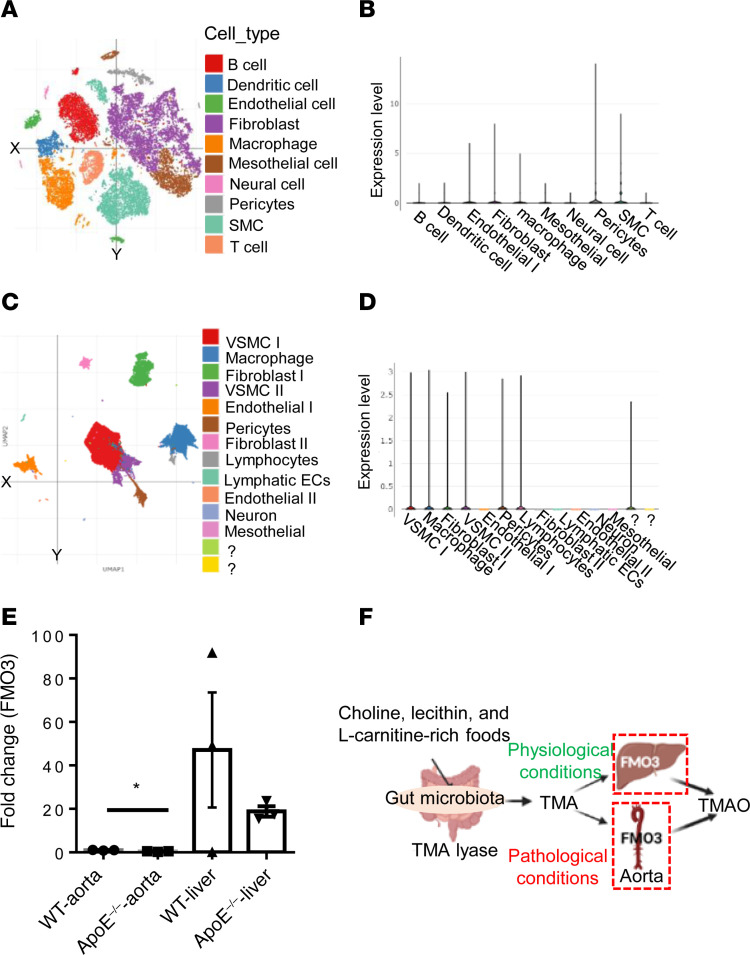Figure 3. Extrahepatic expression of FMO3.
scRNA-Seq data show that flavin-containing dimethylaniline monooxygenase 3 (FMO3) was expressed in the human aortic cells and aorta cells from mice fed with HFD, and aorta of WT and ApoE–/– mice. (A) Single-cell transcriptome analysis of the ascending aortas of HFD-fed mice identified 10 cell types including ECs, fibroblasts, SMCs, B cells, T cells, macrophages, DCs, mesothelial cells, pericytes, and neural cells. (B) FMO3 expression in the aortic cells of HFD-fed mice. (C) Single-cell transcriptome analysis showed 12 cell types identified in the human thoracic aorta. (D) FMO3 expression in the human aortic cells. The data mining analyses were performed on the scRNA-Seq database of the Broad Institute of MIT and Harvard. (E) Real-time PCR showed the FMO3 expression in the aorta and liver of WT and ApoE–/– mice (n = 3 samples in each group and each sample containing aortas and liver from 2 mice). (F) Schematic diagram showing the TMAO biogenesis under physiological conditions in liver tissue; however, the pathological conditions transform the aorta into TMAO-generating tissue (t test; *P < 0.05).

